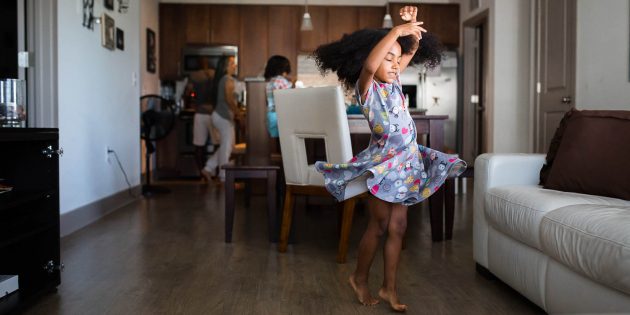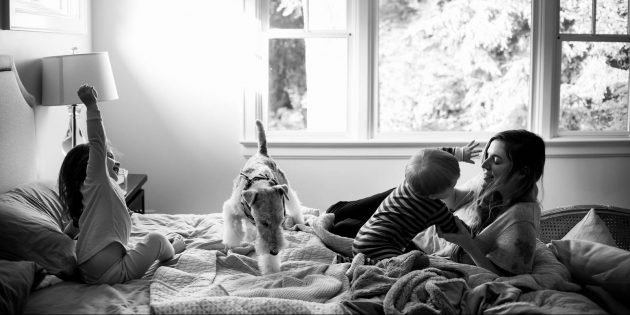
Composition is the art of placing objects in a frame. Whether to capture the whole scene or focus on some separate part of it is a matter of composition.
The first thing you should pay attention to is the main subject of the shooting. Often its location has a huge impact on the image. For example, placing an object in the middle of the frame emphasizes symmetry. If you place it on the side, following the rule of thirds , it will be easier to concentrate the viewer's attention on the image as a whole.
No less important is what remains outside the frame. Often, shifting the camera position or zooming in helps to get rid of unnecessary stimuli and draw attention to the object even more.
To create an image, the camera sensor must capture a certain amount of light. Exactly how much light hits the sensor is called exposure.
The built-in exposure meter in the camera helps the photographer to determine the indicators that affect the exposure — this is the shutter speed, aperture and photosensitivity. In automatic mode the camera does it all by itself. An image that is too dark is called underexposed, and an image that is too light is called overexposed.
There is no concept of proper exposure as such: this moment is subjective, as is photography in general.
You can underexpose the image and lose details in dark areas, but thereby make the picture more gloomy. If you overexpose the photo a little, the image will turn out to be more airy. Changing the exposure alone can significantly affect the mood of the photo.
There are lenses installed in the camera lens, thanks to which one or another part of the image is sharp. You can easily highlight the main subject by changing the focus manually or allowing the camera to do it for you in automatic mode.
Some photographers leave the background blurred, others make most of the image sharp. We are talking about the depth of field, which is determined by the distance to the subject and the size of the camera sensor. It is because of the latter aspect that you will never be able to blur the background using a smartphone camera in the same way as when using a full-fledged DSLR or mirrorless.
Thus, by changing the aperture number and the distance to the main object, you can mute distracting details or, conversely, leave the environment clear if it harmoniously fits into the frame.

Understanding how light affects an image is very important to learn how to take good pictures. The light can be different: it can fall at different angles, its intensity and even color can vary.
When the subject is evenly illuminated from the front, it is easier to achieve the most correct exposure, but often it looks boring. Light falling from the side creates dynamic shadows and can make the picture more interesting. If you direct the light from behind, you can make the object literally shine.
On a cloudy day the light is distributed completely differently than on a sunny day. Thanks to the soft lighting, soft shadows appear. The harder the light, the deeper the shadows become. There is no one right option here — it all depends on what mood you want to give the picture.
The colors in the image depend very much on the lighting, and sometimes it is completely impossible to control the situation. If any shade in the picture does not look as it should be, change the white balance on the camera when you take a photo or already during processing.

The moment of shooting affects how the frame will turn out: boring or really interesting. By pressing the shutter release button in time, you can make the cat gracefully hang in the air, and the shadow — take an abstract form.
In order not to miss the crucial moment, you can use the burst mode. In it, the camera takes the maximum possible number of photos in one second.
No less important is what time of day you shoot. Right after sunrise and before sunset, the light is soft, so that a golden glow is created in the image. During twilight, the sky has a blue tint. The midday sun on a cloudless day gives hard light and deep shadows.
Photography can be technically perfect, but still boring. The camera is a tool that allows you to demonstrate your own view of the world. Therefore, it is very important to find a source of inspiration to take interesting pictures. You may well break some rules if your idea requires it.